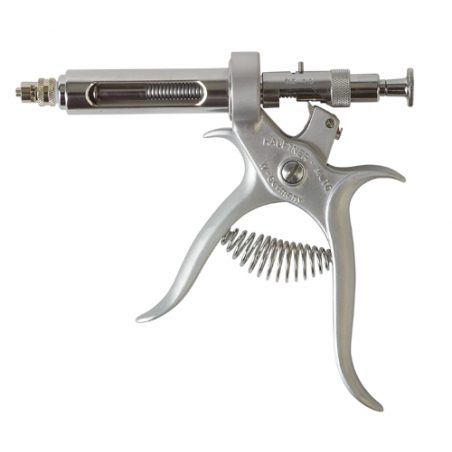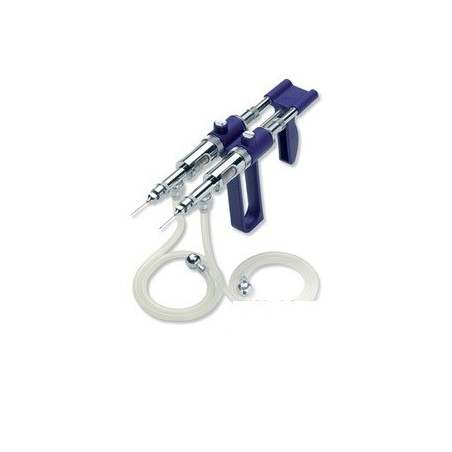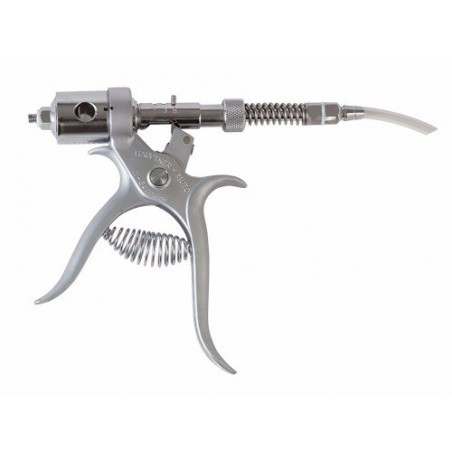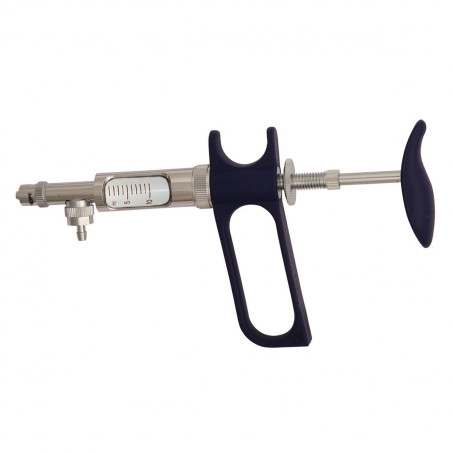Since April 5, the Mercolleida pig price has remained unchanged, anchored at an astonishing 2.025 €/kg live farm gate price. The price has stayed the same for eight consecutive market sessions, a rare occurrence in April or May.
Little has changed in the last month. Pork is still very slow-moving due to the impossibility of exporting to Third Countries (moreover, the barbecue season got off to a bad start due to bad weather) and pig prices are still high due to the striking lack of animals for slaughter.

Anything could happen. The virulence of PRRS seems to be attenuating (following the classic pattern of viral diseases) although we are still far from recovering normal sanitary conditions (if any such normalcy exists). We think that, if it is confirmed that PRRS virulence and mortality are attenuating, it is very likely that the supply of pigs for slaughter will recover before the end of the year. If confirmed, this would be great news.
Our price (base price) is still perched at the top of the world ranking (among the countries with significant production). We have been at the Top of the World for many weeks.
These are the equivalent prices in euros / kilo live for the leading producing countries in Europe and the world:
| Spain | 2.025 |
| China | 1.920 (May 10 price) |
| Belgium | 1.890 |
| Germany | 1.880 |
| Poland | 1.870 |
| Netherlands | 1.800 |
| Denmark | 1.620 (this price does not include the yearly bonus farmers receive from the slaughterhouse) |
| Chile | 1.520 |
| United States | 1.350 |
| Brazil | 1.210 |
| Canada (Ontario) | 0.940 |
| Canada (Quebec) | 0.900 |
Source: Mercolleida and pig333
Note that, with the exception of China, the front runners are all European countries.
We should mention that if base prices in Canada are what is actually applied in the market… there will be a drastic reduction of the herd in the near future. Canadian pig farmers cannot survive at prices below one euro per kilo live for months on end.
How is it possible that Spain, being a market that exports more than half of what it produces, has had the highest pig prices in the world for the last several weeks? The answer lies in the extreme efficiency and competitiveness of our slaughterhouses. Slaughterhouses need as many pigs as possible to dilute and control costs; apparently, they prefer to lose a few cents per kilo than to slaughter fewer pigs (which would cause the unit cost per kilo to skyrocket).
No one is asking for pigs (we know there are none), but all pigs offered are slaughtered. The average carcass weights are about three kilos higher than at the same time last year; this does not mean that there are more pigs, but it indicates that the farmer is maximizing his profit and taking advantage of the current excellent commercial situation as much as possible. These heavy carcasses yield enormous cuts and create some commercial problems in different destinations. This is not a minor issue. The exceptional nature of the current situation leads slaughterhouses not to impose any penalties for excess weight (otherwise risking a loss of supply): another abnormality in the unique times we are going through. With as much objectivity as we are capable of, we will say that in the Spanish market right now, all factors seem to be biased in favor of the farmer.
In Central European countries, slaughterhouses have no choice but to reduce their size: the reduction of herds there is structural and it seems inevitable that the current minimum slaughter numbers will be maintained or even reduced. Many sows have been slaughtered and there is no alternative: slaughter capacity and business size will have to be reduced.
In our market everything seems to be hanging by a thread: pigs are very expensive due to the supply being strangled, pork is showing evident signs of fatigue due to shrinking consumption, and prices of processed products continue to be below the cost of producing them.
One of the largest food fairs in China, SIAL - Shangai, ended last weekend; the Spanish delegation of meat exporters was very numerous. All operators state that sales were conspicuous by their absence. It is once again clear that the Asian markets, with our current prices, are far beyond our reach.
Under normal circumstances, summers in Spain are characterized by a very low supply of pigs due to the metabolism of the animals; this year the situation will be the same, but exacerbated. This summer is expected to be extremely hot and we must add to this that the effects of piglet mortality due to PRRS will continue to affect the poor supply: in a few weeks, it may happen that many more pigs than usual for July or August will be lacking. The logistics applicable to this shortage remain to be seen.
The price of pigs in Spain is at the top of the world. As mentioned in the previous commentary, our live pig price is more expensive than China's. Unheard of, but true. This sumptuous price (more like a monument to pig prices) so exaggerated is stressing the market to unbearable limits; companies (slaughtering, cutting, sausage manufacturing) are running at a loss week in and week out, with no signs of change in the short term. As we have been predicting, there will be negative consequences in the near future.

Let's keep our fingers crossed and hope that the supply of live animals will recover in the autumn; it would be the best solution.
Let's not lose hope. As Khalil Gibran, a popular Lebanese poet, said: "In every winter's heart there is a quivering spring, and behind the veil of each night there is a shining dawn."
Guillem Burset


















